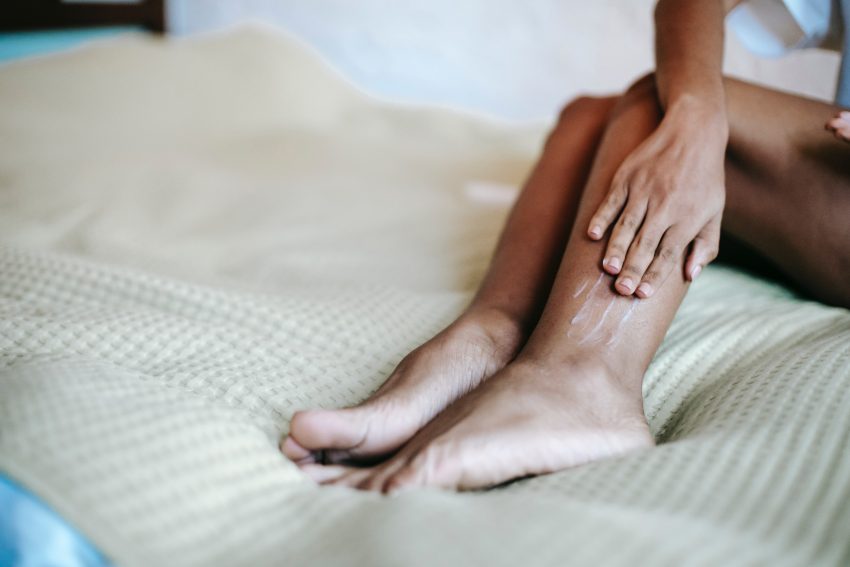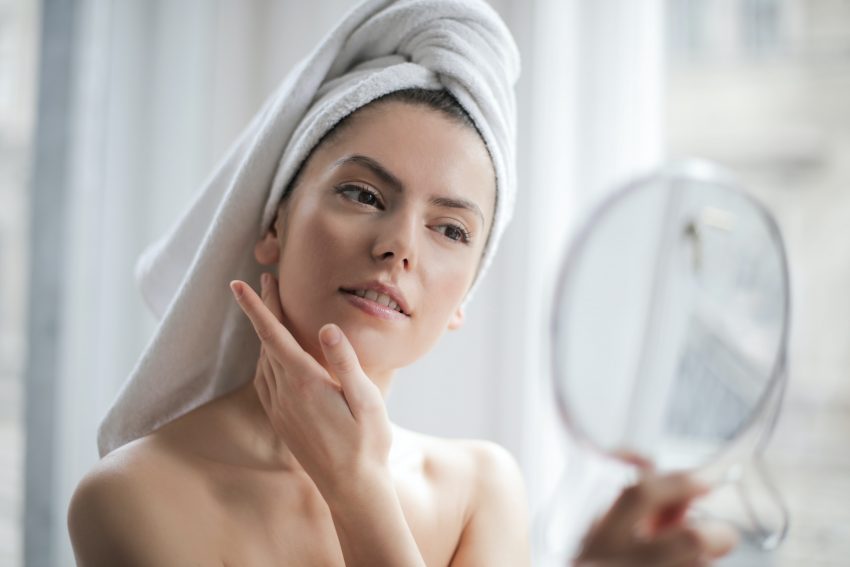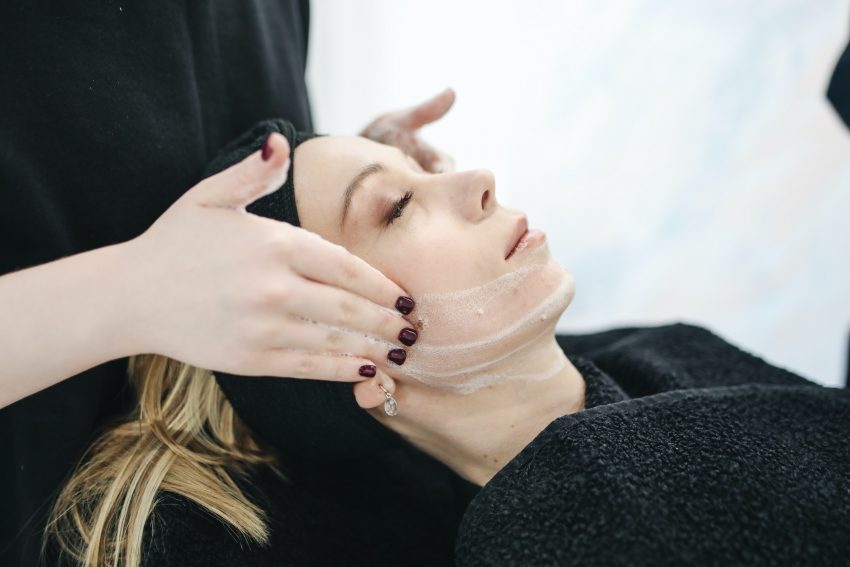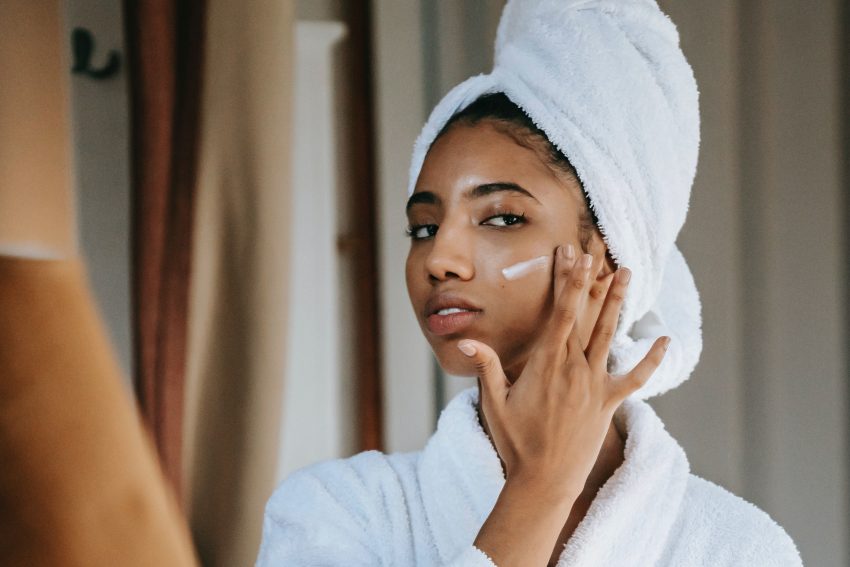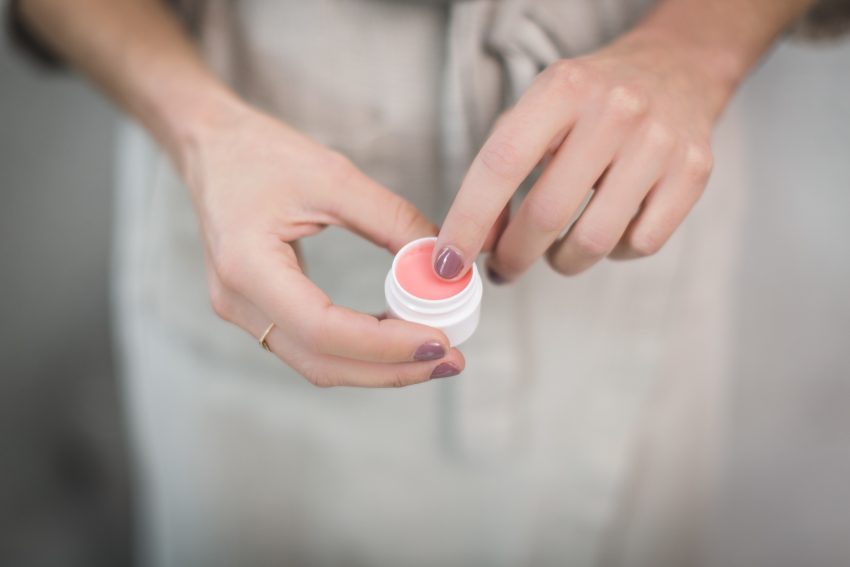Changes in our skin as we age are inevitable, including loss of moisture, changes in…

Moisturisers: The Lowdown
Moisturiser is one of those skincare items that we all own, most of us use, and many of us have no real idea what it does.
It’s a no-nonsense, must-have for your bathroom cabinet, yet moisturiser isn’t without mystery. Sure, we know it keeps our skin hydrated, but how does it work?
What else does it do?
Personally, we like to know what it is we’re putting on our face and body. So we’re here to dig up the details and give you the full lowdown, the facts and a little bit of science on how moisturisers really work. But before we can get into it, it’s important to understand a little more about our skin, and its needs.
The Skin
The skin is the largest organ in the human body. No, not the heart or the lungs or the liver… the skin. But it’s actually made up of smaller parts and layers, and its structure can seem a little baffling at first. So let’s break it down.
The topmost layer of our skin (called the stratum corneum) is made up of a combination of skin cells and lipids. The skin cells form the most part, while the lipids act as the glue that ties the cells together. Working as one, they form a protective barrier around our body that shields us from environmental damage, such as UV light, infections and of course, injury.
This top layer also helps to prevent loss of moisture through the skin, which is where moisturisers come in.
Hydration is Key
You might wonder, if the skin is so effective at forming a protective barrier and holding in water, why does it become dry?
Good question. But we actually lose between 300ml and 400ml of water through our skin each day, just through day-to-day living. We lose this water into the air, and when the protective barrier of our skin is damaged, we can lose even more. This is how our skin becomes dehydrated.
There’s a difference between dehydrated skin and dry skin, though. The former is caused by a lack of water. The latter is due to a lack of lipids in the top layer of our skin. We sometimes refer to this as sebum, or oil.
Still, dehydrated skin and dry skin can go hand in hand, and the former can lead to the latter – among other things. Dehydrated skin can also make your skin appear dull, your skin sallow, and your eyes sunken.
How does moisturiser help?
The real function of moisturiser is to prevent water loss from our skin by restoring its protective barrier. It does this by attracting moisture from the surrounding atmosphere, using such ingredients as urea, glycerin, and (our favourite) – hyaluronic acid.
Moisturiser sometimes also uses ceramides, which are natural lipids already in our skin. Creams and gels with ceramides in help to replenish our lipids and prevent and heal dry skin.
However, our skin has different needs during the day and during the night, which is why one moisturiser won’t work for all occasions.
Do I really need a day cream and a night cream?
The short answer: yes.
In the day, we expose our skin to far more environmental factors than at night. Things such as UV light and pollutants are harmful to our skin and cause our skin to age prematurely, and even skin cancer in some cases. Which is why moisturisers intended for daytime use include additional ingredients like antioxidants and SPF to prevent the skin from external damage.
Day moisturisers are also usually lighter, as the skin isn’t doing as much of its healing work during the day, and it’s easier to apply make-up over a light moisturiser.
If you have any experience with day and night creams, you may have already noticed that your night cream is heavier, thicker, or even greasier. This is because our skin cells work to our circadian rhythm, and work to repair damage caused during the day while we sleep. We also lose more water through our skin at night.
When you consider all these points, it’s easy to understand why night creams often contain higher concentrations of ingredients that are beneficial to our skin. Night moisturisers with larger amounts of peptides and retinol mean that we can do our best anti-aging treatments while we sleep!
How do I know which moisturiser is right for me?
Every skin type is different, so picking up any day and night cream might not meet your needs.
If your skin is oily or prone to acne, you will need to look for lightweight moisturisers and gel creams. When these products are oil-free and non-comedogenic, they will prevent your pores from getting blocked. Products containing niacinamide or alpha-hydroxy acids can also be helpful in both day and night creams to soothe the skin.
If your skin is particularly dry or dehydrated, you need to find products that work to restore water, such as those containing hyaluronic acid and glycerin. Thicker creams are better for dry or itchy skin types, both for day and night use.
For those with combination skin, opt for moisturisers that cater to oily skin. Do remember though, you can apply additional layers of cream to the parts of your face that are dry and need more hydration. You can even use a denser, creamier product on the dry parts of your skin. If you’re willing to invest the time and extra money on buying separate products, that is.
Sensitive skin can be the most difficult to find the right moisturiser for, and you should always trial a patch of skin before applying a new product to your entire face.
Even the best-tested products can cause a reaction, and it’s better to be safe than sorry! When choosing a product, look for hypoallergenic moisturisers without fragrances, as these can cause irritation. Natural ingredients like aloe vera can be soothing, but make sure to test them first, as some people are allergic.

